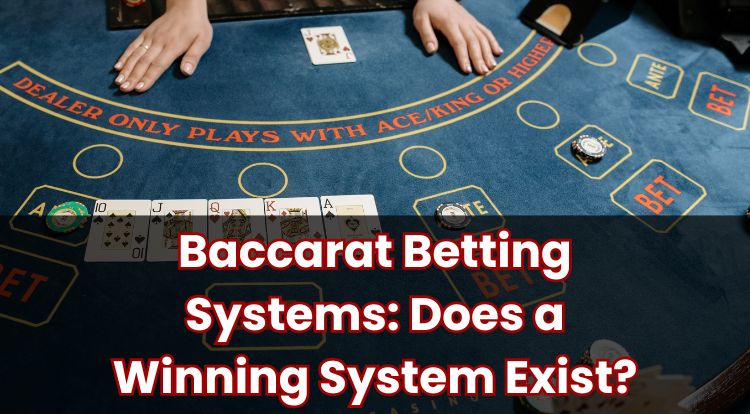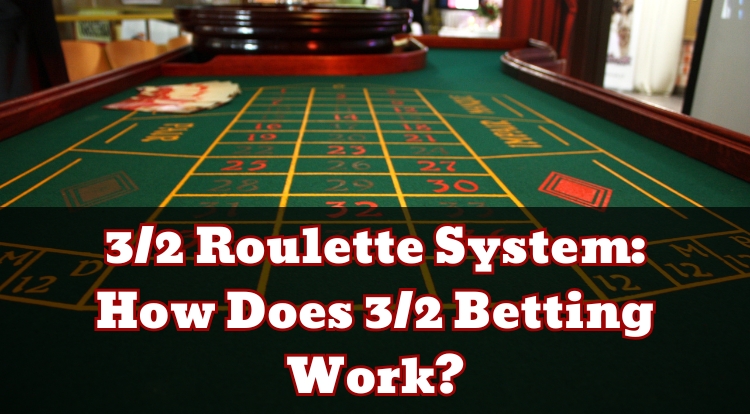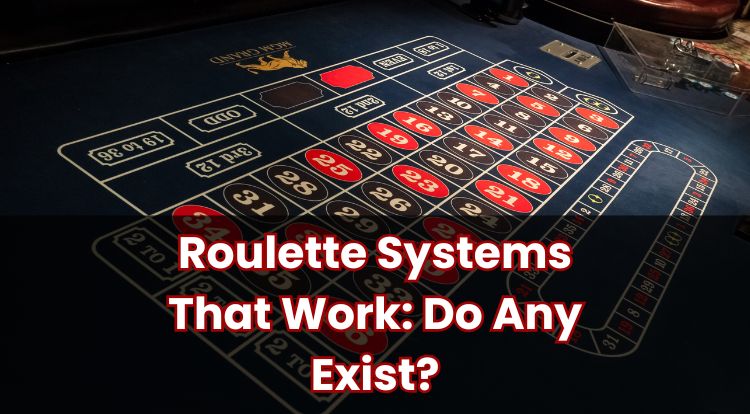Roulette: Is Doubling Bet Until Win a Reliable Method?
Roulette is one of the most recognised games in casinos, both online and in person. Its simple layout and quick results make it easy to join, whether you are drawn to single-number punts or the broader outside bets.
A common idea you might hear is to double your bet after each loss to recover everything with one later win. It sounds neat on paper, especially if you are new to the game.
But does that approach hold up once you look at how roulette works in practice? Below, you will find what the system involves, why it appeals, and the real risks that can come with it. Read on to learn more.
How Does Roulette Work?
Roulette uses a spinning wheel and a small ball. In the UK, European roulette is standard, with 37 pockets numbered 0 to 36. The numbers 1 to 36 are split between red and black, and the 0 is green.
Players place chips on the table to back outcomes. Inside bets, such as a single number, have higher payouts because they are harder to hit. A straight-up number pays 35 to 1 and wins with a 1-in-37 chance. Outside bets, like red or black or odd or even, cover more numbers and pay 1 to 1. These have close to a 50 percent chance on each spin, but the green 0 means they do not quite reach half.
The croupier spins the wheel one way and the ball the other. Once the ball settles in a pocket, winning bets are paid according to the table’s payout rules. Online, the same process is delivered either by live dealers or with certified software that produces random outcomes. Game rules and features can vary a little between versions, so it could be worth checking the information panel before you start.
Players should always remember to gamble responsibly and within their means- never wager more than you can afford to lose.
What Is the Doubling Bet Strategy?
Often called the Martingale, this approach increases the stake after each losing spin. It usually appears on even money options such as red or black, or odd or even, because these bets have the highest hit frequency on the layout.
The idea runs like this: choose a base unit, say £1, and place it on an even money outcome. If it loses, stake £2 on the same type of bet next spin. If that loses, stake £4, then £8, and so on. The expected result, when a win finally lands, is that the payout covers all previous losses and adds one base unit of profit.
In reality, two friction points sit in the way. Stake sizes escalate rapidly, and tables have maximum limits. These caps mean a long run of losses can block the next required increase. The details of how quickly stakes grow and why limits matter could become clearer once you consider the risks in more depth.
Why Do Players Think Doubling Bets Can Work?
At first sight, the logic looks tidy. If each win at 1 to 1 clears the prior sequence of losses plus a small extra, and if even money bets win close to half the time, a player might expect not to go many spins without a hit. That is a powerful draw.
There is also a common mental shortcut at play. After a string of losses on red, it is easy to feel that red is “due”. This is the gambler’s fallacy. Roulette spins are independent events, whether delivered by a physical wheel or software. Previous results do not tilt the next outcome towards one side or the other. In UK Gambling Commission (UKGC)-regulated online games, certified Random Number Generators (RNGs) are used to ensure this independence.
What Are the Risks of Doubling Bets in Roulette?
The main issue is how quickly stakes climb. Starting at £1, a run of six losses would require the next stake to be £64. The total amount risked across those seven spins would be £127, and the net gain after a win would still be only £1. Stretch that to eight losses and the next stake would be £256, with £255 already committed.
Two practical limits meet in the middle:
- Table limits: Roulette tables, both in person and online, set minimum and maximum stakes. These caps stop an escalating sequence from continuing indefinitely and can force a halt while the sequence is still behind.
- Personal bankroll: Even if a table allows another increase, the required amount may exceed what a player is comfortable staking. The pressure of placing a large bet to recover a small unit can also lead to hasty decisions.
Losing streaks do occur. They are not a sign that a win is about to arrive, and when they appear, the doubling structure turns them into very large exposure for very small potential gain. Understanding this pattern could make the house edge easier to place in context.
House Edge and How It Impacts Roulette Outcomes
In European roulette, the single green 0 is what gives the casino its built-in house edge. Even money bets pay 1 to 1, yet they win on 18 of the 37 pockets, not 18 of 36. That mismatch creates a house edge of about 2.7 percent. Over time and across many bets, the expected average loss is £2.70 for every £100 wagered.
Progressions do not change this expectation. Whether bets are increased after losses, decreased after wins, or kept flat, the underlying odds and payouts remain the same on each independent spin. That is why a doubling plan cannot convert a negative expectation into a positive one.
Some versions alter the edge slightly. French roulette with La Partage, for example, returns half of an even money stake when the ball lands on 0, cutting the edge on those bets to about 1.35 percent. It is still an advantage for the house, simply a smaller one. Checking the rules page of the game you choose might show whether such features are in place.
Is Doubling Bets Allowed Under UK Gambling Rules?
UK law does not prohibit staking more after a loss. Players are free to choose their own bet sizes and patterns at licensed venues. Operators, however, must apply table limits and other safeguards, which can restrict how far any progression can run.
Limits and rules are displayed at each table or in the game information online. Maximum stakes can differ between tables, and some variants include features that change how even money bets are handled on 0. If you plan to use any set pattern, it could be worth checking those details first.
What Are Safer Ways to Manage Your Roulette Play?
If you decide to play, thinking ahead about how you will approach stakes and time can help you manage your spending. Many players set a spending limit for a session and decide in advance what result would prompt them to stop.
Most regulated sites and venues provide tools that can support this approach, including deposit limits, reality checks that show time spent, and the option to take a break or self-exclude if needed. Choosing lower minimum-stake tables could also keep individual bets smaller, which reduces the size of swings without changing the odds of each spin.
Doubling until you win sounds simple, but once you factor in streaks, table caps and the house edge, it is not a reliable method. If you play, do it with clear limits, use the tools on offer, and treat the game as entertainment rather than a route to potential returns.
**The information provided in this blog is intended for educational purposes and should not be construed as betting advice or a guarantee of success. Always gamble responsibly.
*All values (Bet Levels, Maximum Wins etc.) mentioned in relation to these games are subject to change at any time. Game features mentioned may not be available in some jurisdictions.




